29 Jul 2015
Yellow Ribbon Project
The Hon. A.L. McLACHLAN ( 15:48 ): I rise to speak about the Yellow Ribbon Project. This project was established in Singapore as a multifaceted national initiative which aims to help prisoners successfully reintegrate into the community by promoting public awareness and community support. The Yellow Ribbon symbol was taken from the 1970s song Tie a Yellow Ribbon Around the Old Oak Tree, which described a released prisoner’s desire for forgiveness and acceptance.
The three core objectives of the project are: to create awareness of giving a second chance to ex-offenders; to generate acceptance of ex-offenders and their families into the community; and to inspire community action to support the rehabilitation and reintegration of ex-offenders into the community.
The project recognises that the community plays an important role in the creation of a supportive environment where offenders who display a desire to change can find the hope and tools to start life afresh and become a contributing member of society. Failing to get this support or to gain employment and losing motivation are often catalysts for reoffending.
The project runs a variety of programs which include the Yellow Ribbon Prison Run, which attracts 9,000 to 10,000 runners each year; community art exhibitions, featuring the artwork of prisoners and ex-offenders hosted at public venues such as the Singapore Art Museum; a professional certified culinary training program for prisoners seeking to gain skills and post-release employment in the hospitality industry; a peer mentoring program where ex-offenders return to prison and volunteer in the community to share their experiences with others and offer practical advice towards desistance and successful reintegration; and the Yellow Ribbon Fund Star Bursaries for financially disadvantaged ex-offenders to use towards vocational education and skills training to help their prospects of obtaining employment.
Despite being a relatively new campaign, the project has made significant progress with many key stakeholders and partners coming on board, such as Rotary and the Lions Club. The support that the project has managed to foster is partly attributable to the change in the organisational context of one of its key drivers—the Singaporean Prison Service.
The prison took a bold step back in 1999 to transform the organisation from a traditional command and control agency to an organisation more centrally focused on staff, stakeholder and community engagement and the tailoring of rehabilitative approaches to each individual. As the director of the rehabilitation and reintegration division of the prison has explained, to start something external and for it to work, along with the people you need the system to support the cause.
If only we could say the same about South Australia’s prison system. I fear these words would be lost on the Weatherill government, which prefers the mantra of rack ’em, pack ’em and stack ’em, with no focus on the rehabilitation of offenders. This has seen South Australia’s prison population jump by 9 per cent in the past year alone. Since 2004, the growth in prisoner numbers in South Australia was seven times that of our net population growth. Worse still, over the last 10 years South Australia nearly doubled the rate at which it incarcerates Aboriginal and Torres Strait Islander people, with now nearly one in four prisoners being from an Indigenous background.
Apart from the obvious economic costs of this, there are far more serious and long-term consequences for our prisoners who struggle to gain employment and successfully reintegrate back into the community. This then leads to further reoffending and at the same time poses continued risks to our community’s safety. In stark contrast, I look to the success of the Yellow Ribbon Project, which has generated huge support and positive outreach and permeated into all levels of Singaporean society.
The Yellow Ribbon logo is now universally recognised as a symbol of giving hope and second chances to ex-offenders. It has received international affirmation from the United Nations Department of Public Information and various other awards in Singapore. From 2004 to 2009 alone, 1.985 million yellow ribbons were distributed, 313,000 Singaporeans participated in their events, 807 new employees registered with its job bank, 908 volunteers signed up to help the project, $7.8 million was raised for the Yellow Ribbon Fund and more than 400 inmates and ex-offenders were mobilised for each campaign.
I will conclude by reading the vision statement of the Singapore Prison Service which was released when it took the bold step to transform itself, opening its door to positive and long-term change for the Singaporean community.
We aspire to be captains in the lives of offenders committed to our custody. We will be instrumental in steering them towards being responsible citizens , with the help of their families and the community. We will thus b u i ld a secure and exemplary prison system.
I commend the Singaporean initiative to the Weatherill government.
View source
